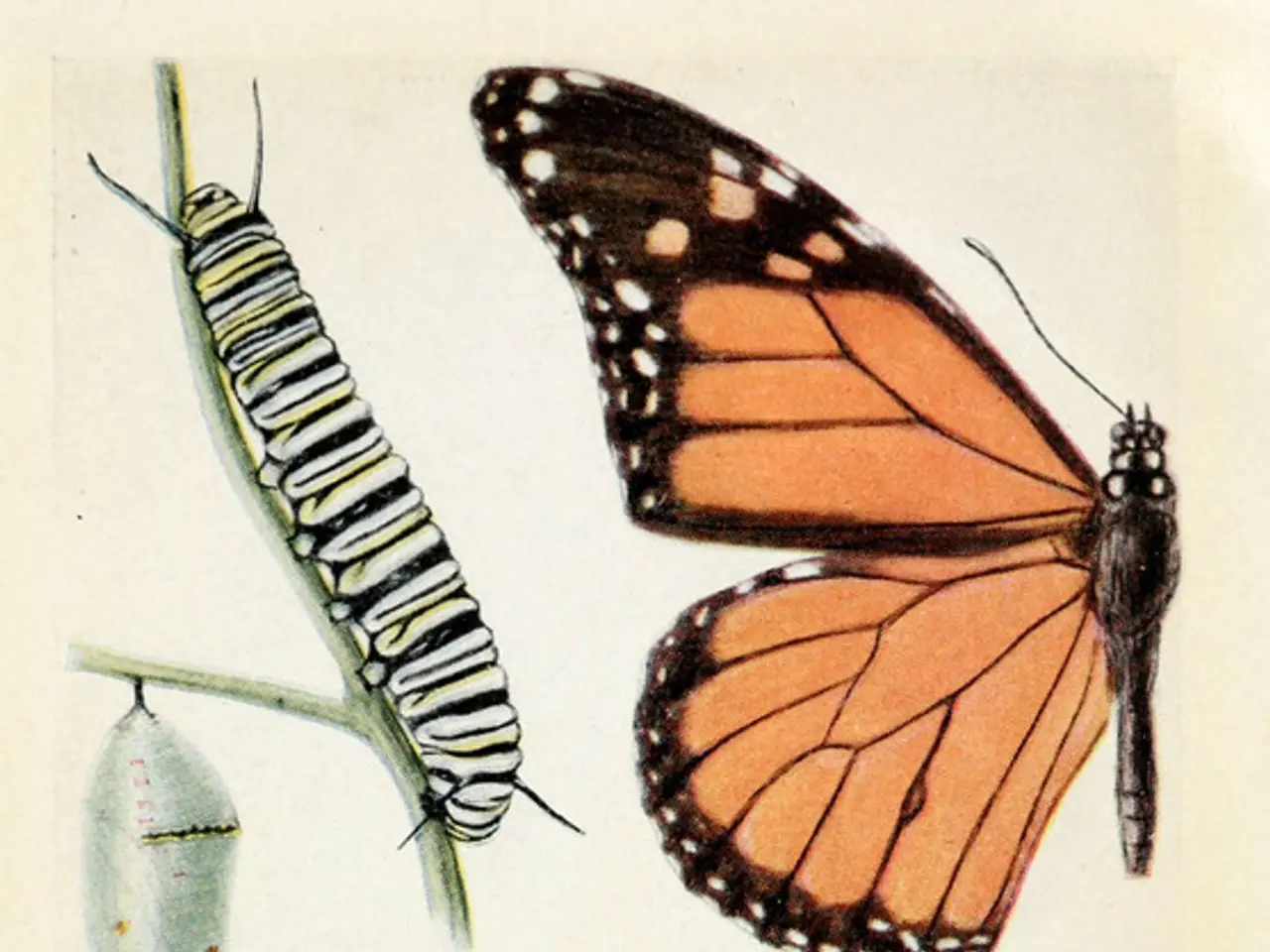Genetic Modification as a Means to Safeguard Biological Diversity
In the rapidly changing environment of the Anthropocene, where human activities have led to the extinction or near-extinction of many species, a new hope for conservation has emerged: genome editing technology. This innovative approach, which is being pioneered by companies like Ginkgo Bioworks, offers the potential to restore lost genetic diversity, enhance species' adaptability, and reverse genetic damage in endangered or at-risk populations.
One example of this is the Mauritian pink pigeon, a bird native to Mauritius Island. Despite being brought back from the edge of extinction, genetic studies reveal that genomic erosion might lead to its extinction in the next 50-100 years. Genome editing technology could potentially reintroduce beneficial gene variants, such as immune system diversity or climate tolerance, to help the species survive and thrive.
Another application of genome engineering is the concept of de-extinction, where genome editing technology can potentially reintroduce species that are entirely extinct. Colossal, a company supporting de-extinction, has recently made headlines for its partial recreation of the dire wolf. The next step for Colossal is recreating the woolly mammoth.
However, these advances raise important ethical considerations and challenges. Off-target mutations or ecological disruptions might harm species or ecosystems if editing is misapplied or insufficiently tested. Care must be taken to avoid reducing diversity further by over-reliance on a narrow genetic base or creating monocultures. Small-scale trials with long-term ecological and evolutionary monitoring are essential before wide release.
Public transparency and indigenous consultation are also crucial. Engagement with local communities, indigenous groups, and the broader public is necessary to ensure ethical governance and cultural respect. It's important to note that genome editing is not a replacement for habitat restoration or protecting natural ecosystems but an additional tool to be used alongside those efforts.
Ginkgo Bioworks, a leader in conservation genomics, has the potential to contribute to these efforts. They generate money by being paid upfront for the development process and through royalties on the finished product. Their applications range from cannabinoids to microplastics bioremediation, and they could potentially develop new methods for multiplying endangered species.
Cross-species surrogacy, already being used to save the white rhinoceros, could potentially be used in combination with genome engineering for endangered species. For instance, borrowing adaptive traits from related species to embed them directly into vulnerable species' genomes, helping them survive rapid environmental changes.
In summary, genome editing presents a transformative but carefully managed opportunity to boost biodiversity conservation and restoration by enhancing genetic resilience. Its future success depends on ethical governance, inclusive dialogue, and cautious implementation embedded within a holistic conservation framework. Traditional conservation strategies like natural reserves, protection of hunted animals, and reproduction in zoos will continue to play a vital role, but genome editing offers a new and exciting approach to combat the extinction crisis.
References: 1. Genome engineering in biodiversity conservation and restoration 2. Genome editing could help save endangered species 3. Genome editing for conservation 4. Conservation 2.0: The Future of Biodiversity Conservation
Science, driven by advancements in genome editing technology, can potentially address medical-conditions within endangered species, such as preventing the extinction of the Mauritian pink pigeon through the reintroduction of beneficial gene variants. In the realm of health-and-wellness for endangered species, space-and-astronomy might even one day involve recreating extinct species using genome editing, like the woolly mammoth, as demonstrated by Colossal.




